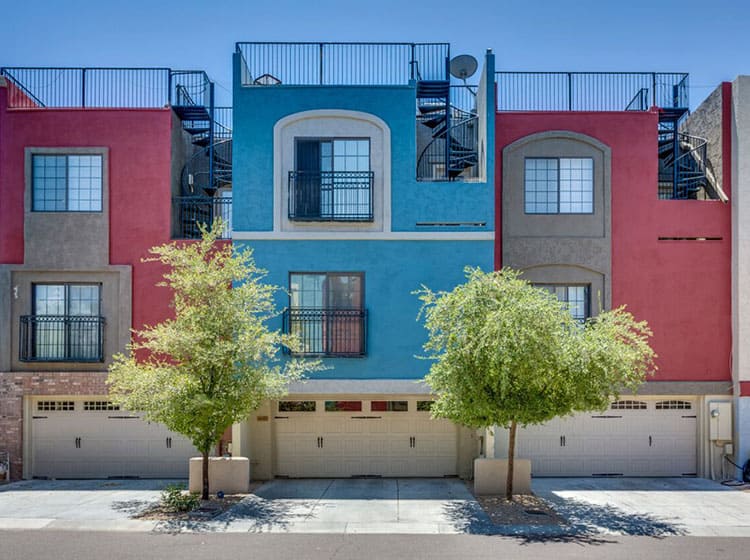Shade Choice Basics: A Detailed Guide To Painting The Outsides Of Industrial Structures
Shade Choice Basics: A Detailed Guide To Painting The Outsides Of Industrial Structures
Blog Article
Article Author-Mendoza Justesen
When it comes to business outside paint, the shades you pick can make or break your brand's charm. Recognizing just how various shades affect perception is essential to drawing in customers and building depend on. But it's not nearly individual preference; neighborhood patterns and laws play a considerable function as well. So, how do you discover the perfect equilibrium in between your vision and what resonates with the neighborhood? Let's explore the necessary elements that direct your shade choices.
Recognizing Shade Psychology and Its Impact on Organization
When you choose colors for your organization's exterior, understanding shade psychology can substantially affect just how potential consumers regard your brand.
Shades evoke feelings and established the tone for your business. For example, blue frequently communicates trust and expertise, making it optimal for banks. Red can produce a sense of seriousness, ideal for restaurants and clearance sales.
Meanwhile, green signifies growth and sustainability, attracting eco-conscious customers. Yellow grabs attention and stimulates optimism, yet too much can overwhelm.
Consider your target audience and the message you wish to send out. By choosing the appropriate colors, you not just boost your visual charm yet additionally align your picture with your brand name worths, eventually driving customer engagement and loyalty.
Studying Local Trends and Rules
Exactly how can you ensure your outside paint options resonate with the community? Begin by investigating https://www.housebeautiful.com/home-remodeling/interior-designers/a40929326/how-to-paint-kitchen-cabinets/ . Check out nearby businesses and observe their color design.
Remember of what's preferred and what feels out of area. This'll help you straighten your choices with community visual appeals.
Next, examine neighborhood laws. Lots of communities have standards on outside shades, especially in historical areas. You do not wish to spend time and money on a combination that isn't certified.
Engage with neighborhood company owner or neighborhood groups to gather understandings. They can offer useful responses on what shades are well-received.
Tips for Harmonizing With the Surrounding Atmosphere
To develop a natural look that mixes seamlessly with your environments, take into consideration the native environment and architectural styles close by. Start by observing the colors of nearby buildings and landscapes. Earthy tones like environment-friendlies, browns, and low-key grays typically work well in natural setups.
If https://kameronejotz.blogs100.com/35551611/set-the-stage-for-a-successful-paint-undertaking-by-uncovering-important-methods-for-collaborating-with-professionals-your-imagined-area-is-on-the-horizon or commercial property is near vibrant city locations, you might select bolder colors that mirror the neighborhood power.
Next, consider the building style of your building. Standard styles might take advantage of traditional colors, while modern layouts can embrace modern palettes.
Examine https://charliednvem.blogofchange.com/35665874/ways-to-attain-superior-outcomes-with-your-paint-provider with examples on the wall surface to see exactly how they connect with the light and atmosphere.
Finally, remember any neighborhood guidelines or community appearances to guarantee your option improves, rather than clashes with, the surroundings.
Verdict
In conclusion, choosing the appropriate colors for your industrial exterior isn't nearly looks; it's a critical decision that impacts your brand's perception. By tapping into color psychology, taking into consideration local patterns, and guaranteeing consistency with your environments, you'll create a welcoming ambience that draws in consumers. Do not fail to remember to test samples before dedicating! With the right method, you can elevate your business's curb appeal and foster lasting consumer interaction and commitment.
